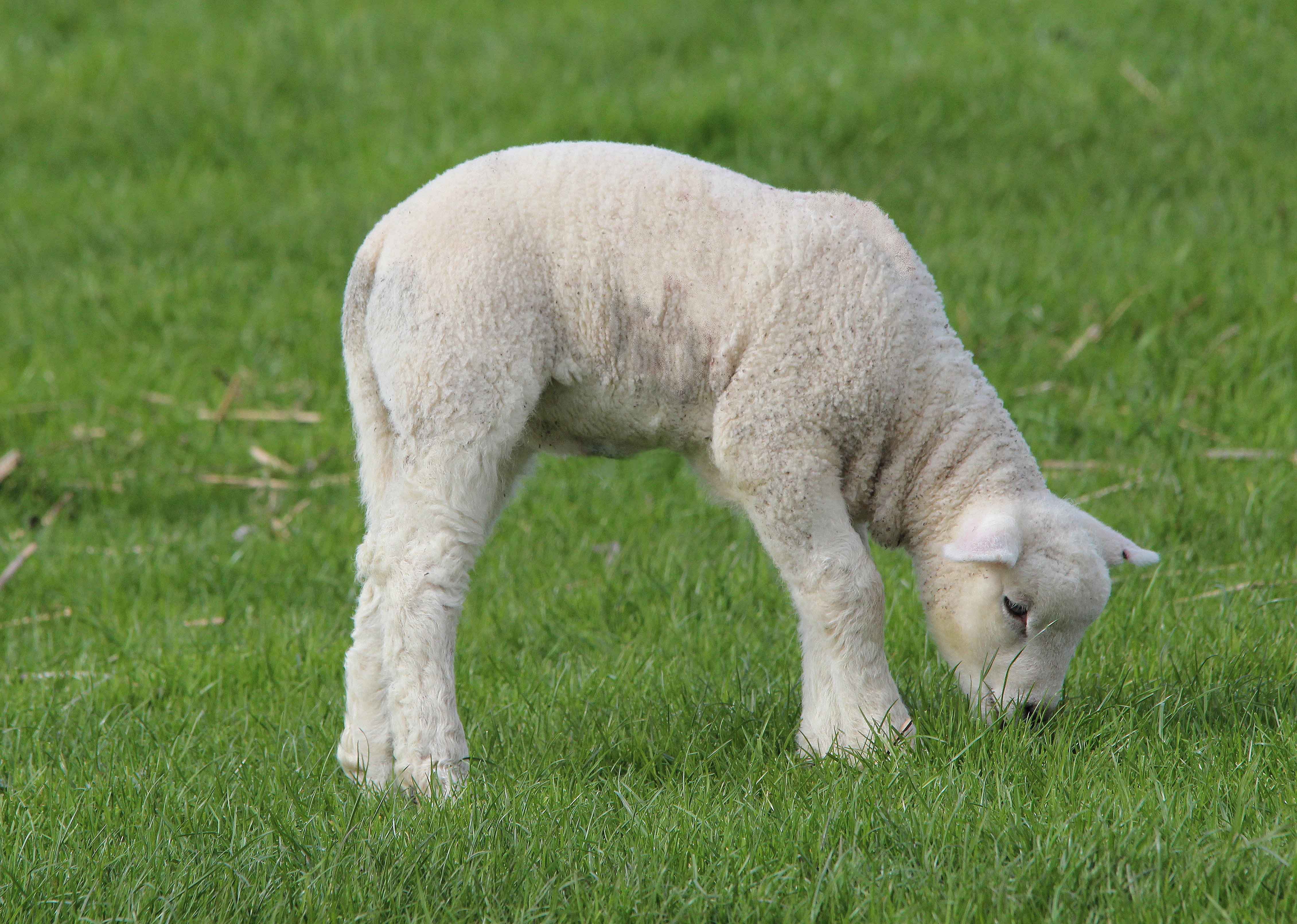
With lamb values continuing to rise, many WA sheep producers are turning to creep feeding as a practical way to boost lamb growth rates and overall flock productivity.
What is Creep Feeding?
For those unfamiliar with creep feeding, it involves providing high-energy, high-protein supplemental feed to lambs (such as LambGro®) while they are still nursing. This feed is offered in a specially designed enclosure that allows lambs to enter and eat, while preventing ewes from entering. The goal is to accelerate rumen development, improve weight gain and reduce stress during weaning. One example of a commercial creep feeder is made by Universal Feeders. As can be seen in the picture below, only the lambs may enter, and the bar can be adjusted depending on their size.

Why Use Creep Feeding?
Rumen development in lambs begins as early as 10 days of age, when they start nibbling on grass and other feed. This is where LambGro® comes into its own, providing all the nutrients lambs need for rumen development. This early rumen development improves weaning weights and allows lambs to be weaned at an earlier age.
Creep-fed lambs can weigh 10–20% more at weaning. Creep feeding also benefits ewes, as it reduces nutritional strain, helping to improve their condition and future conception rates. In a year like this, with lamb prices so high, creep feeding can result in heavier lambs that can be sold earlier, potentially capturing premium prices.
When creep feeding, make sure the feeder is in a high-traffic area and close to water. Ensure that water is not placed in the creep feeder, so that other animals cannot enter. Introduce creep feed by 10–14 days of age. Lambs generally begin consuming significant amounts of feed from around 4 weeks of age.
Economic Considerations
While creep feeding incurs additional feed costs, the return on investment can be substantial, especially in a year of strong lamb prices.
For more information on Milne Feeds sheep feeds, call Paul Nenke on 0407 720 040.